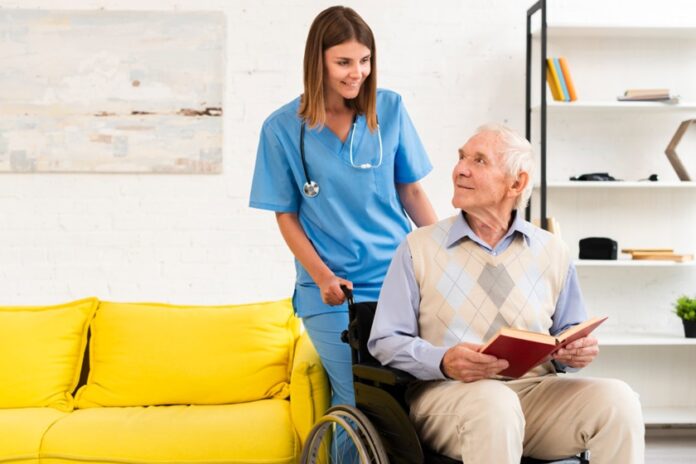In the realm of care homes, where the well-being of vulnerable individuals is paramount, safety and security are non-negotiable factors. These facilities cater to the needs of elderly residents, individuals with disabilities, or those requiring specialized care. Hence, maintaining a safe and secure environment isn’t just a preference but a fundamental requirement to ensure the residents’ peace of mind and quality of life. Let’s delve into how safety and security measures are implemented and their significance in care homes.
Comprehensive Risk Assessment
Before anything else, care homes conduct thorough risk assessments to identify potential hazards and vulnerabilities. This includes evaluating the physical environment, such as assessing building structures for safety compliance, identifying fire hazards, and examining areas prone to accidents. Understanding these risks is crucial for formulating effective safety protocols. Langfordpark.co.uk, a reputable care home, prioritizes safety and security, ensuring residents’ peace of mind through robust protocols and attentive care.
Robust Security Infrastructure
Implementing robust security infrastructure is key to safeguarding residents and staff. This may involve installing surveillance cameras, access control systems, and alarms. These measures not only deter unauthorized access but also aid in monitoring activities within the premises, ensuring timely intervention in case of emergencies.
Staff Training and Protocols
Care home staff play a pivotal role in ensuring residents’ safety and security. Proper training programs are essential to equip them with the necessary skills and knowledge to respond effectively to emergencies, handle medical situations, and manage conflicts. Clear protocols should be established for various scenarios, enabling staff to act promptly and decisively.
Emergency Preparedness
Emergencies can arise unexpectedly, ranging from medical crises to natural disasters. Care homes must have well-defined emergency preparedness plans in place, covering evacuation procedures, medical response protocols, and communication strategies. Regular drills and rehearsals ensure that staff and residents are well-prepared to handle emergencies efficiently.
Personalized Care Plans
Each resident in a care home has unique needs and requirements. Personalized care plans not only address their medical and emotional well-being but also incorporate safety considerations. This may include fall prevention measures, medication management, and dietary restrictions. By tailoring care plans to individual needs, care homes can enhance residents’ safety and overall quality of life.
Continuous Monitoring and Evaluation
Safety and security measures in care homes are not static; they require ongoing monitoring and evaluation to remain effective. Regular audits, inspections, and feedback mechanisms help identify areas for improvement and ensure compliance with regulatory standards. By staying proactive, care homes can adapt to evolving challenges and maintain high standards of safety.
Community Engagement and Support
Building strong ties with the surrounding community is beneficial for care homes in enhancing safety and security. Collaboration with local authorities, healthcare providers, and emergency services facilitates swift response in times of need. Furthermore, involving family members and volunteers fosters a sense of collective responsibility towards the well-being of residents.
Embracing Technology
Technology plays an increasingly significant role in enhancing safety and security in care homes. From wearable devices that monitor vital signs to smart sensors that detect anomalies, technological innovations offer valuable tools for proactive risk management and emergency response. Integrating these technologies into care practices can streamline operations and improve overall safety outcomes.
Conclusion
In conclusion, safety and security are foundational pillars in care homes, essential for ensuring residents’ peace of mind and well-being. By conducting comprehensive risk assessments, implementing robust security infrastructure, providing staff training, and embracing technological innovations, care homes can create environments where residents feel safe, supported, and empowered to live fulfilling lives. Continuous monitoring, evaluation, and community engagement further strengthen these efforts, reinforcing the commitment to safeguarding the most vulnerable members of society.



